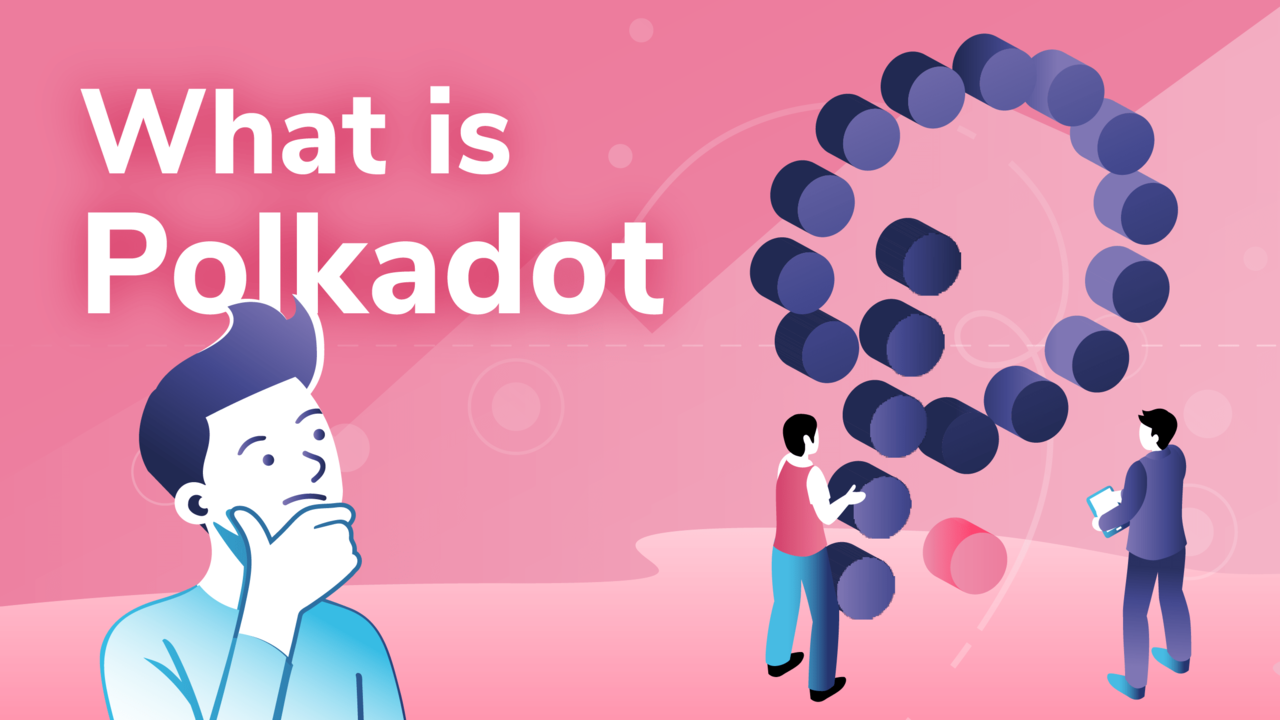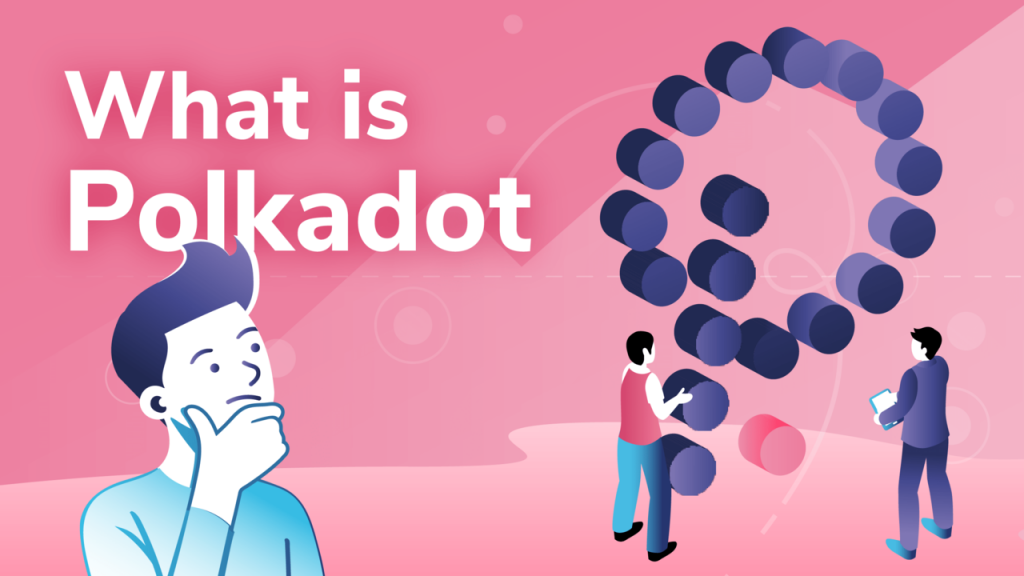
Those who keep an eye on the cryptocurrency market will likely recently have become more aware of Polkadot and the DOT token. Polkadot made the news last week, by suddenly jumping into the Top 10 Cryptocurrency list - going by market capitalization - on CoinMarketCap. Polkadot is an ambitious project which seeks to lay the groundwork for a polychain Web3 future. To learn more about what that means and what the Polkadot coin represents, read on!
Polkadot was created by Gavin Wood in an attempt to design a more evolved version of Ethereum, which would be interoperable with the existing independent, isolated blockchains such as Ethereum and Bitcoin. In August 2019, Polkadot launched an experimental and unaudited version of its platform known as “Kusama.” Polkadot will launch its genesis block during 2020 with one relay chain and launch several parachains soon afterward, eventually ramping up to 100 parachains.
So, what exactly is the Polkadot token? Why are people calling it an Ethereum killer? What does the native DOT token do? We will cover all this and more in this article. If you want to learn more about crypto in general, be sure to check out the various blockchain and crypto courses available on Ivan on Tech Academy. Enroll today and use the promo code BLOG20 when joining the over 20,000 existing students to get 20% off!
What is Polkadot coin?
Polkadot describes itself as a next-gen blockchain protocol that connects several specialized blockchains into one unified system/network. Their main aim is to return control to the people, as opposed to giant conglomerates. The features of Polkadot are as follows:
- Promotes interoperability: By connecting all these different blockchains, Polkadot promotes unprecedented interoperability between these diverse ecosystems.
- Scalability: A standard set of validators can operate the multiple blockchains connected via Polkadot. This helps increase scalability exponentially.
- Innovation: Polkadot’s substrate framework enables you to create a custom blockchain easily. This ease of development should encourage more developers to participate in the system.
- Removing forks: Forks can cause havoc and split up communities (just ask Bitcoin and Ethereum). Polkadot can integrate new features, fix bugs, and upgrade without needing to fork.
- Better security: Polkadot coin allows chains to interact with each other meaningfully while remaining independent enough to run their unique governance models.

Polkadot coin structure
To understand Polkadot’s basic structure, you need to familiarize yourself with the following concepts:
- Relay Chain: The base Polkadot chain is the relay chain that connects all these individual chains. As such, they can organically solve interoperability issues between these connecting chains.
- Parachain: This stands for parallelized chains that run through the Polkadot network. These help scale up the system by parallelizing operations.
- Bridge Chain: This chain connects different blockchains that don’t use Polkadot’s governance protocols.
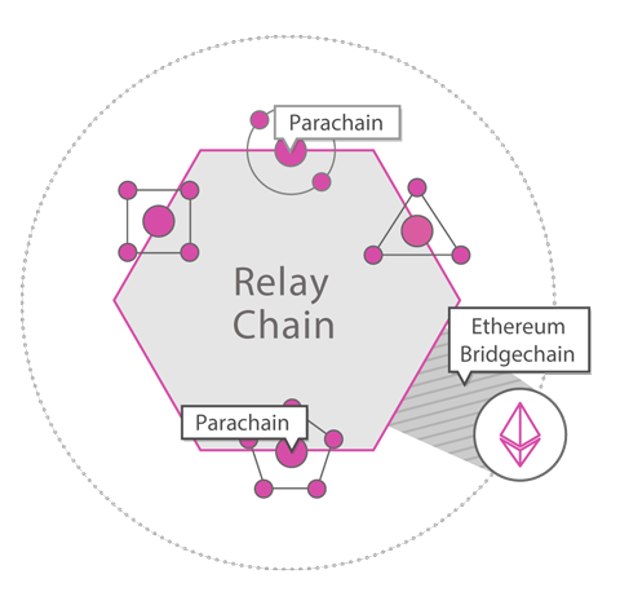
The diagram above shows you how these three chains can work together to build the Polkadot ecosystem.
Polkadot Governance Protocols
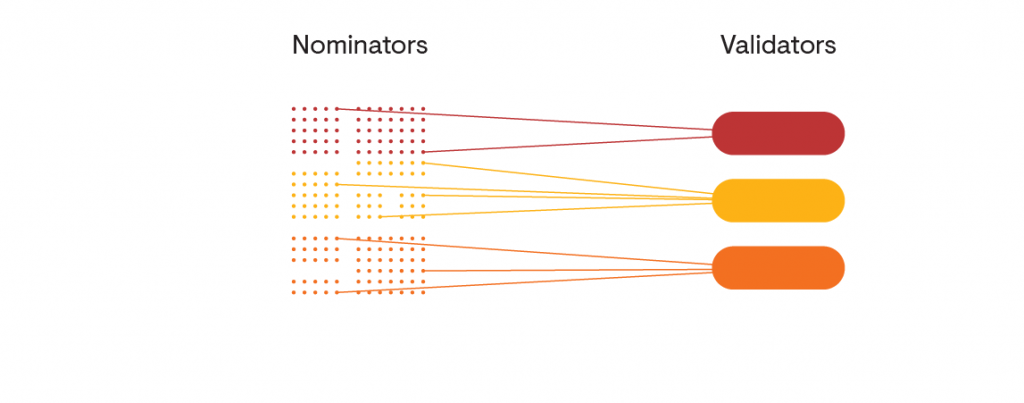
Polkadot implements a version of the proof of stake protocol called “nominated proof of stake.” To understand this system, keep the following in mind:
- Validators secure the relay chain by staking DOT tokens.
- They also participate in the consensus process by participating in consensus with other validators and validating collators' proofs.
- Collators maintain the parachains by collating parachain transactions from users and sending over these proof of transactions to the validators.
- There are two more actors present in the consensus system – Nominators and Fishermen.
- Nominators select or nominate good validators and stake DOT tokens. This helps them secure the relay chain even further.
- Fishermen are in charge of promoting good behavior within the network. They monitor the system and continuously prove bad behavior to the validators. If misbehavior is proven, the validator loses some or all of their stake to other validators.
Polkadot Use Case Examples
Some of the prospective Polkadot coin use cases are as follows:
- Suppose a blockchain project wants to raise ETH but needs verification from a private bank chain before they can officially accept ETH,
- A payment processor may require some
verification from a private bank chain before accepting BTC payments. - A decentralized exchange parachain can allow crypto deposits using zero-knowledge proofs from a Zcash parachain.
- Allows for better coordination between different blockchains and off-chain oracle.

If you want to learn more about the crypto basics to better understand various blockchain projects, be sure to check out the Crypto Basics course on Ivan on Tech Academy! Get 20% off with the promo code BLOG20.
What does the DOT token do?

As generated from the Polkadot Genesis block, the initial supply of DOT tokens will be 10 million. The token distribution works as follows:
- 5 million were auctioned off at Polkadot’s ICO in October 2017.
- 2 million DOTs are for pre-launch contributions.
- 3 million are reserved for the Web3 Foundation.
The 10 million initial supply isn’t a hard cap. The creators plan on making the initial token supply inflationary. This incentivizes the validators to participate in the proof of stake mechanism.
The three main purposes of DOT tokens in the Polkadot network are:
- Governance: Token holders have complete control over the protocol. The holders can take care of functions such as determining fee structures, protocol changes, and parachain additions or removals. The participation function will be hardcoded into the protocol.
- Operations: Properly maintaining the consensus mechanism is essential for the proper functioning of the Polkadot coin protocol. DOT token holders must be active participants to ensure that they don’t get punished for suboptimal behavior.
- Bonding: Validators need to bond (stake) DOT tokens to the new parachains and receive active participation rewards.
DOT holders must fulfill the following functions within the platform:
- Act as a validator, “collator”, nominator or fisherman.
- Participate in network governance.
- Be a parathread collator by making bids for block inclusion.
Addition of parachains
The addition of a parachain is a pretty cheap operation. However, on the flip side, adding more parachains leads to fewer validator density per parachain, eventually leading to a reduced average bond. This large number of validators reduces overall speed due to the underlying consensus mechanics. This may become an issue in the long run. This is why the validators and the stake-holding community will extract a price for adding a new parachain.
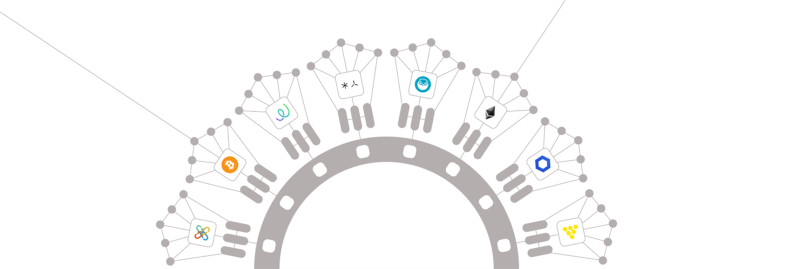
This “parachain marketplace” will see two kinds of parachains.
- A chain that delivers value to the network via the addition of specific functionalities like zero-knowledge proofs (via a Zcash parachain), etc.
- A chain that will have zero contribution to the overall network but will pay to be a part of the system.
So, this gives the community two options:
- Add a chain via financial motivation.
- Add a chain via network improvement motivation that will have long-term positive effects.
Polkadot Kusama alpha details
As previously mentioned, Kusama was the alpha release of Polkadot’s network and has managed to attract thousands of developers and enthusiasts to the ecosystem. These developers have the right to:
- Quickly build and deploy decentralized application (dApp) ideas without having to go through rigorous testing.
- Developers can keep trialing new ideas in the Kusama network.

Multiple dev teams like Acala, Moonbeam, Chainlink, Laminar, etc., have already joined the Polkadot mainnet creating and deploying solutions such as cross-chain stablecoins, blockchain-agnostic smart contracts, privacy-preserving protocols, and oracle networks.
Polkadot Coin – Laying the framework for a new decentralized web
As laid down by Dr. Gavin Wood, the underlying framework for Polkadot will follow these rules:

Dr. Gavin Wood
- The digital infrastructure protects your interests by design. These interests include privacy protections, respect for human rights, and the right to self-determination. There is no need for you to trust service providers blindly. The underlying infrastructure itself should guarantee a trustless environment wherein these rules are obeyed.
- Polkadot also aims to provide more significant and broader access to financial services. Complex financial instruments should no longer be exclusively available to merely a select few. Access to genuine wealth creation must be democratized and made available to low-income communities.
- Platforms and services that only extract value from the user without giving back anything equal in value are becoming largely irrelevant. Polkadot provides a new market and classes of services that are decentralized and community-owned. These services don’t exploit users and deliver greater value and freedom of choice.
- Polkadot presents a platform and infrastructure that’s open-source, peer-to-peer, and allows for open collaboration and communication without intermediaries' needs.
- Stress-tested and decentralized economic models significantly lower entry barriers, empowering global innovation and problem-solving
What is Polkadot Substrate?
We have mentioned the word “substrate” a couple of times here already. In fact, substrate is one of the Polkadot project's core components, and in simple terms, it’s a framework used for building decentralized ecosystems. Polkadot is built using substrate, and all other projects built on it can run natively on Polkadot.
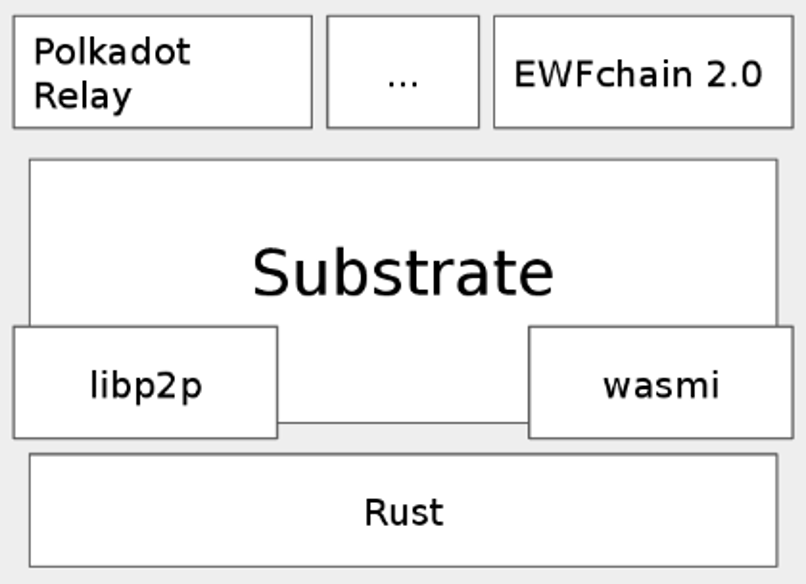
Features of substrate-based projects
Projects built on top of Substrate will have the following properties:
- Consensus, voting, and finality: Any decentralized system needs to be byzantine fault-tolerant to ensure proper functioning. A byzantine fault-tolerant system can function properly even if some of its nodes stop working. A project built on Substrate will be byzantine fault-tolerant, by default. Along with that, any transactions made on substrate-based systems have complete finality, as well.
- Networking and peer discovery
- Sandboxed WebAssembly runtime: Substrate comes built-in with an efficient, deterministic, sandboxed WebAssembly (Wasm) runtime that can execute various smart contracts or run other native projects. Keep in mind, though, that they are not cornering you and forcing you to use only WebAssembly. You can use your own virtual machine interpreter.
- Run a node and a cross-platform database/file storage in-browser.
- Easy client updates: Another massive advantage of substrate-based applications is that they can be updated with ease. So, if you have an update that could potentially affect your project’s consensus, all that you need to do is to compile it to WebAssembly and deploy it as a message on the network. Substrate also makes sure that the native code being executed lines up with the currently-deployed WebAssembly code. This automatically ensures that every facet of your application is up-to-date. Feel free to update your app at your own pace without worrying about accidentally causing a fork.
- Deploy instantly: Any application built on Substrate can run directly on Polkadot. Since the latter runs the Substrate API, you can easily tap into the collective security and interoperability that Polkadot provides. In other words, there is no need to wait to run your application. Create, test, and deploy.
How fast is Substrate?
Relay chains and each parachain within Polkadot are built using Substrate. Since there are so many dependencies, it will be fair to wonder if Substrate has what it takes to properly run your systems. To find out, let’s take a look underneath the hood.
Substrate has been written using Rust. However, the state machine has been coded using Wasm. The diagram above shows you how these two systems co-exist. So, we now have two different possibilities – Either substrate runs natively using compiled Rust code or runs through the Wasm interpreter. The former provides speed, while the latter offers flexibility. In this case, how does a node execute its operation? Well, if the node is using the latest version of the code, then it will run natively in Rust. On the flip side, a node using an older code version will use the Wasm interpreter.
So, why use this dual code method at all?
Substrate uses this system because of the following reasons:
- It’s one of the tricks used by the developers to avoid hard forking.
- It ensures high speed.
How secure is Polkadot substrate?
To understand how secure the protocol is, consider the following points:
- Firstly, the validator nodes provide security for all chains (including relay chain and parachains) working within the platform. The nodes check the validity of all the blocks. If a block is correct, the validators give it their seal of approval.
- As already mentioned, validators are economically incentivized to behave in the interest of the system. Good behavior gets you a payout, while bad behavior gets your stake slashed.
- Adding or removing parachains doesn’t require you to add more validators. The security of the platform and the number parachains are mutually exclusive. On the other hand, the increasing number of parachains will attract more users, which will drive more user activity. As per Metcalfe’s Law, this should drive up the overall network value, as well. More validators also increase overall network resiliency and security.
- Finally, new chains can inherently use the protection provided by Substrate without reducing the security of the existing chains.
Polkadot coin conclusion
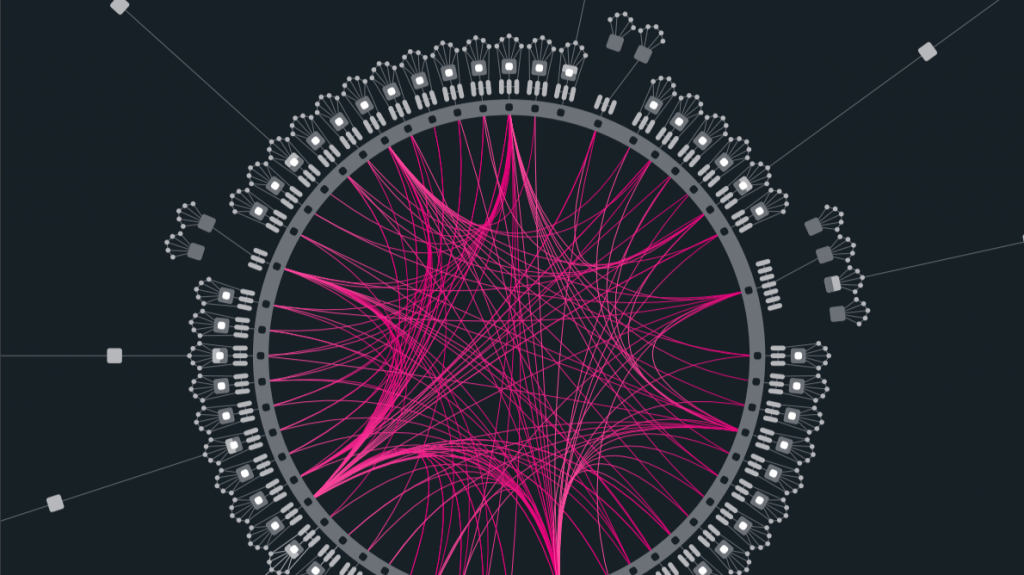
So there you have it. These unique features are partly why many consider Polkadot to be one of the most promising and well thought-out projects in the blockchain space. The underlying technology makes its case as one of the most important and eye-grabbing projects out there. It will be interesting to see what Polkadot does in the future.
Besides Polkadot, there are various other innovative projects out there that utilize blockchain technology. Do you want to learn more about this exciting space? If yes, then check out our blockchain courses at Ivan on Tech Academy. Ivan on Tech Academy is one of the most popular blockchain education academies available and is a one-stop-shop for everything blockchain-related. Start learning about blockchain and crypto today!
